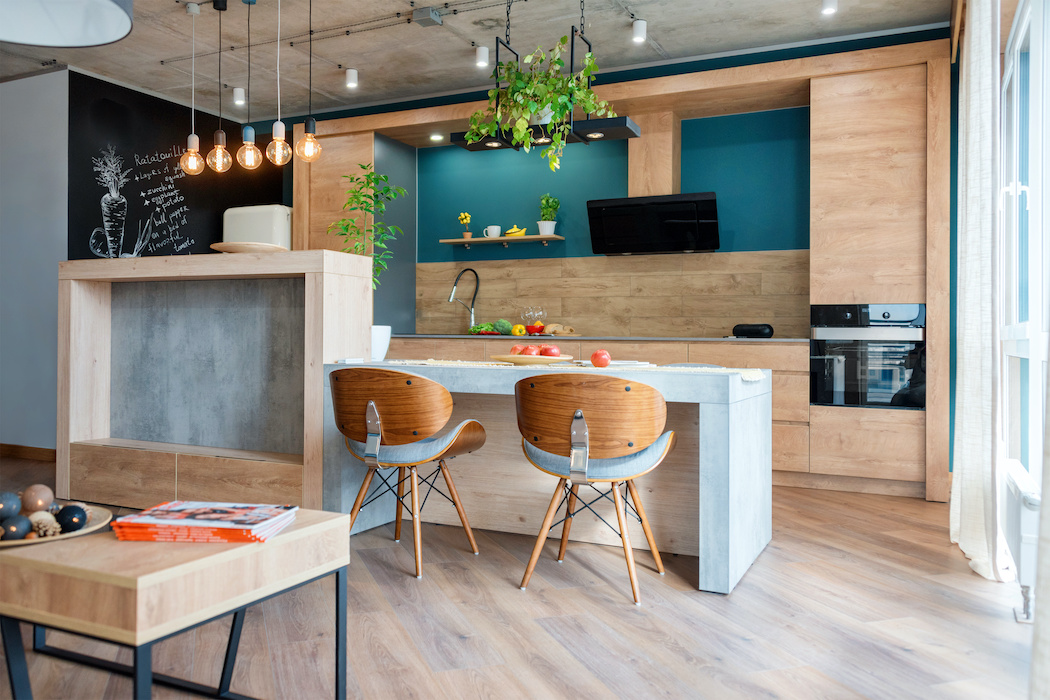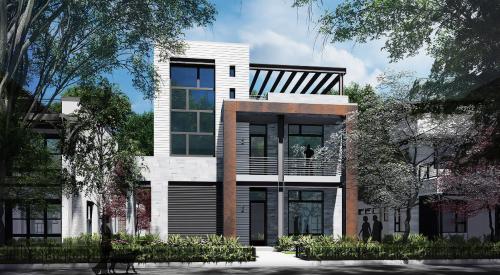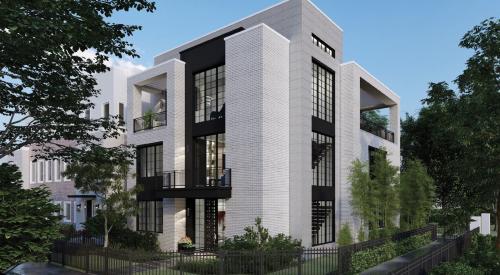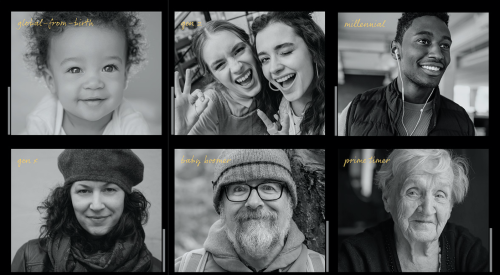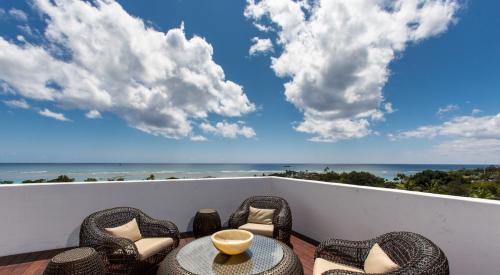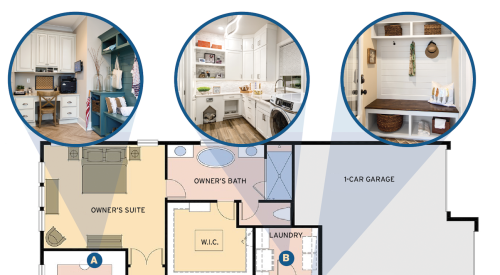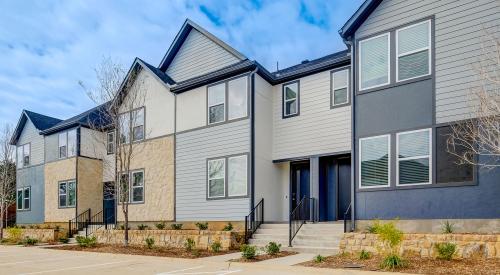The New Home Trends Institute brought back four of their most popular speakers from the 2020 annual Housing Design Summit to give a glimpse into the future of home design, while reflecting on the current consumer needs.
The institute, a subset of John Burns Real Estate Consulting, hosted four experts from various housing categories: housing design, community design, apartment design, and building products.
“It seems like one of the things that COVID has done is taken trends that were already starting and really pushed them to that next level and speeding them up a little bit,” said moderator Jenni Latz, senior manager for DesignLens at John Burns Real Estate Consulting.
RELATED
- Easier Living by Design? Builders Are Exploring New Approaches
- Housing's Now: The Ultimate Z.E.N. Home
- Home Building's Response to the Changing Times
What Remains the Same for Home Design
Transformation and change were big points presented by the expert panelists. Dan Swift, president, CEO, and chairman of BSB Design in West Des Moines, IA, spoke to the innate nature of human desire to crave self transformation—a speaking point Swift discussed in his keynote address discussing home design at February’s summit.
“Housing itself, as an enterprise, doesn’t transform people for real,” said Swift. “But that desire is still there. In fact, it’s more there now than ever. The sparks always been there. And the desire for creating the home that would truly, for real, maximize human performance and life longevity is still here.”
The only difference from that desire? It is even more real now, said Swift.
This increase in the need for some sort of self-transformation can be seen in current home sales and the state of the housing market. Swift adds that homeowners need a space that can adapt and change with them and their lifestyles.
Carrie Seymour, communication director for consumer insights at Kohler identified four key trends back in February: differentness, wanderlust, buying time, and reconnecting with nature.
Reconnecting with nature has grown exponentially, said Seymour. Air quality and air circulation connect to this idea of nature as well. For buying time, consumers are analyzing their routines, schedules, and making changes to make the best use of their time. Living differently, or customization and hyper individuality trends, have dipped a bit. There is more of a focus on altruism and connectivism.
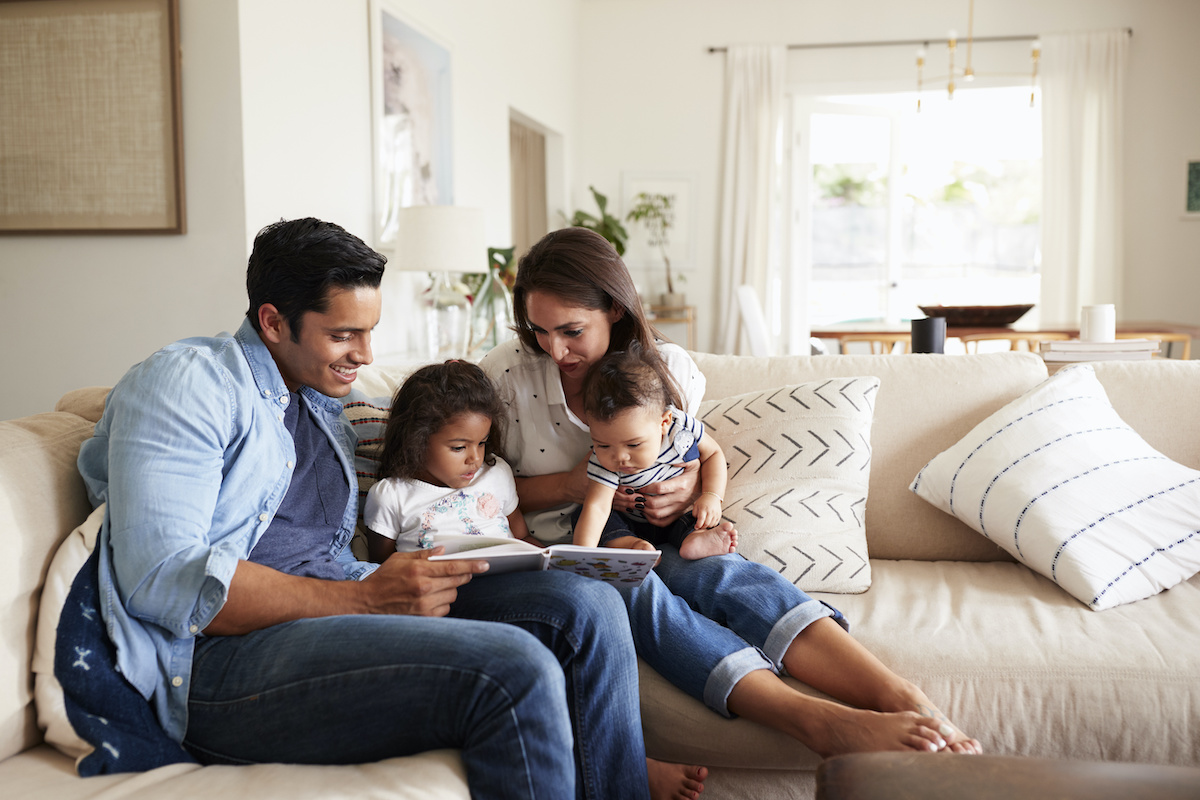
What Has Changed for Home Design
Housing design imitates life, and the new perspective on a home during today’s climate has ultimately changed what consumers need from their homes.
“What’s changed is the realization that homes weren’t designed for us to actually be in them all the time together,” said Swift. “And they weren’t. They were places to stop off and eat and sleep and get rested, and go off into the world.”
As pit stops, the need for separation was acknowledged, but not fully accepted and integrated into the home. Open floor plans will not fade out entirely, but amongst those open areas, there is a new emphasis on privacy, according to Swift.
Privacy entails quiet time, Swift adds, saying that separation does not mean spaces need to be out of eye-shot, mainly ear-shot. One way his company, BSB Design has tackled this notion is through “cocoon” bedrooms.
There's more questions being asked by our builders and developers than ever before, there's this heightened need for education, and this heightened awareness...
“We don’t really need a 12 by 12 room to sleep in,” said Swift. “We’ve modified this into a new living environment where they sleep is a cubby, or what I call a cocoon, that’s actually a real space that’s got three components to it: total darkness, complete perfect temperature control, and complete air control so that we get restful sleep.”
Angela Harris, CEO and principal at TRIO, agrees with this notion through the lens of apartment buildings, but also sees a growing interest in more space.
“We’re starting to see a little bit of an inch up in square footage, just because people are looking for more circulation in space,” said Harris.
The idea of wellness has increased the focus on features such as indoor air quality, holistic approaches, and mentality.
“There’s more questions being asked by our builders and developers than ever before, there’s this heightened need for education, and this heightened awareness on all of the possibilities that wellness can bring to the built environment, despite price point or product type,” said Harris.
Preventative and proactive measures are on the mind of consumers, Seymour adds, such as fitness and a positive mindset and using products that enhance those ideas.
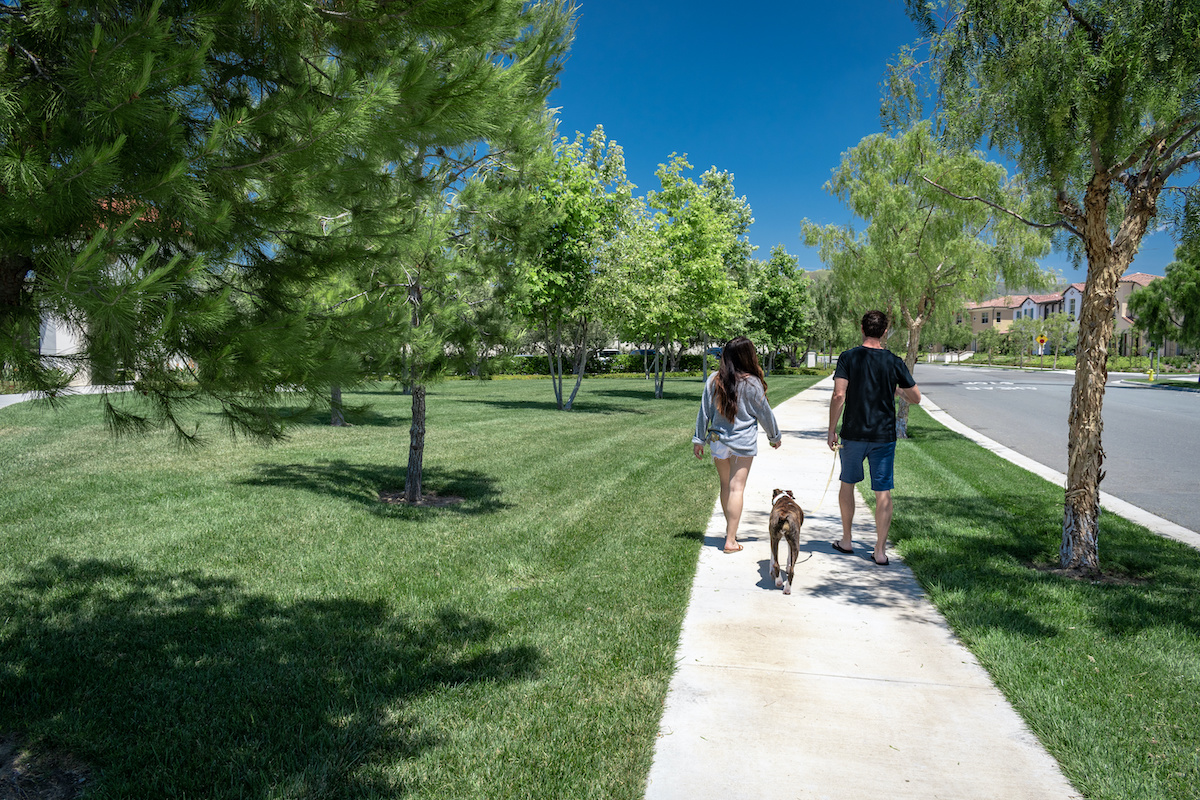
What Has Changed for Community Design
Kris Maher, senior vice president of design at Rancho Mission Viejo, pointed out that shutting down her community’s common areas has been the antithesis of their work.
But still, Maher and her team have learned much about how residents are adapting to the changes and how to create a sense of community while maintaining safety for all.
“We created a lot of nodes, whether it’s fire pits and barbecues so people can gather in small spaces,” said Maher. “We have a half-acre lagoon that’s surrounded by a really large pool deck so families can use that. For adults, we have open-air fitness and we also have a lap swimming pool.”
Events remain something Maher wants to offer to residents, so the team even created open-air event spaces that enable some level of gathering.
Harris says the idea of designing with authenticity and thoughtfulness have been the biggest changes she has experienced so far for apartment design.
In her apartment buildings, urban farms have created a sense of community. People grow their own produce, professional chefs concoct meals from the produce, and the community can dine while knowing exactly where the ingredients were sourced from.
The Role of Home Builders
All disciplines in the industry have needed to change their approaches to design, marketing, and more. But home builders, the panelists said, were the group that championed the most adaptation, which has inherently helped all professions.
“One of the industries that I think has had to hard pivot is the home builders and the way they are selling homes today,” said Maher. “I was really impressed with how they all of a sudden had the ability to go to appointment-basis, put key pads on homes so people, in their own time, could look at the model homes.”
For Rancho Mission Viejo, despite the pandemic, their home sales for June were barely under those of June 2019. Maher credits this to the ability for builders to shift to a more concierge experience. She hopes these changes stick with builders as the results were beyond what was expected.
“What I’m so proud about and honored to be part of the home building industry is that the home building industry really did step up,” said Harris. “They stepped up to the table and they were able to face the hard challenges and do it very, very quickly, and that’s a direct effect on our community and that’s what’s so exciting.”
